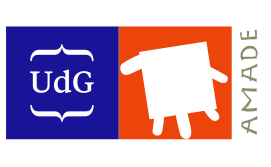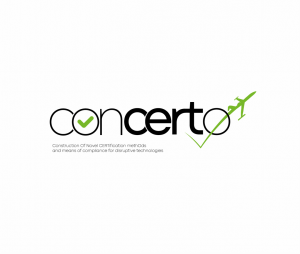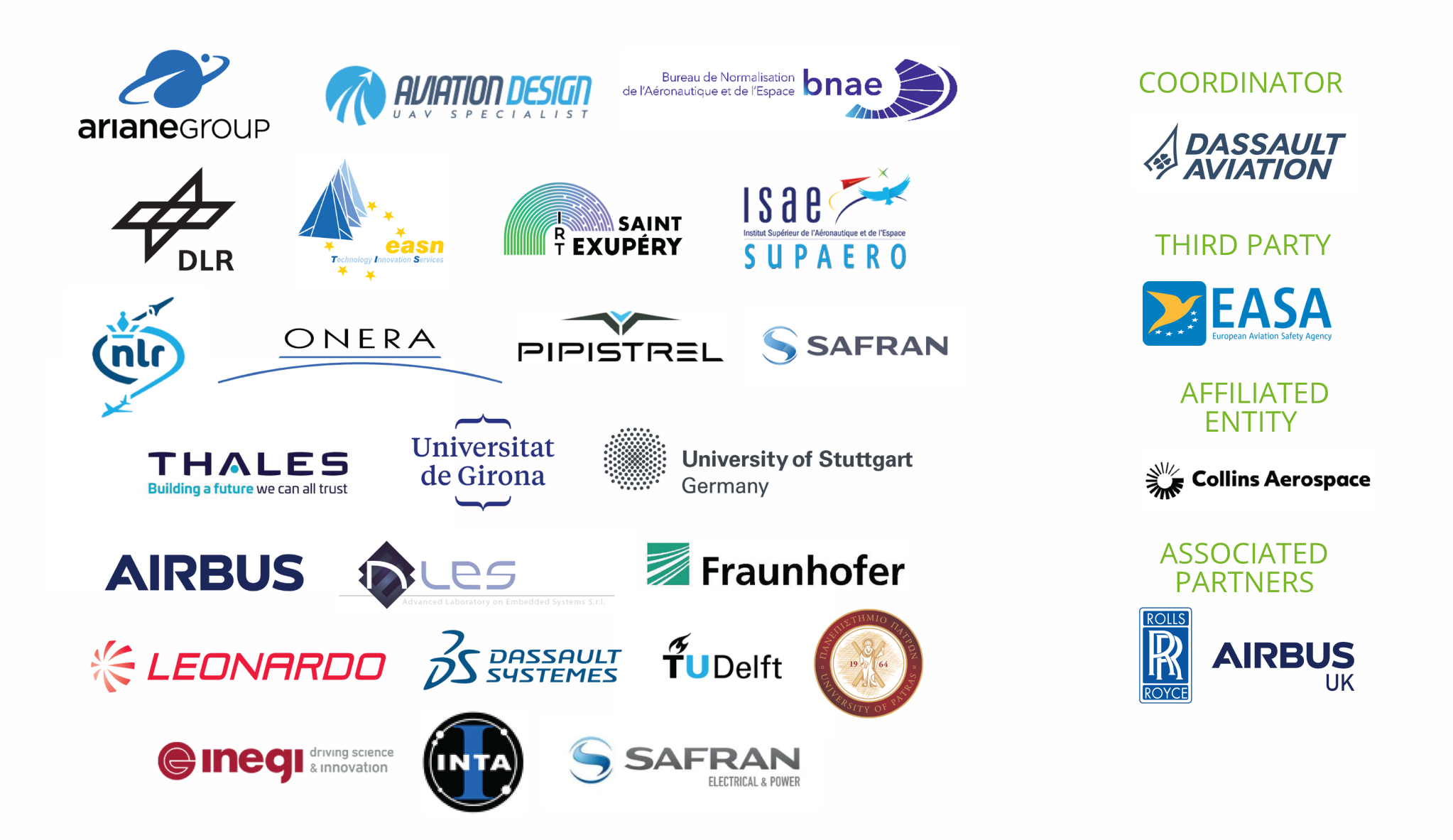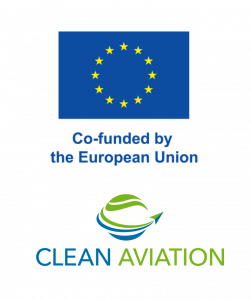DESCRIPTION
In the quest towards reduced carbon emissions and fuel consumption, aeronautical industries are moving towards the development and application of thermoplastic materials in the airframes. But the expensive and lengthy qualification test campaigns are a challenge to their application in structural designs. In this framework, the TREAL project aims to reduce and replace the expensive physical testing through numerical analysis. At the first step of the project, extensive experimental campaigns will be performed to obtain the material data of the thermoplastic materials. These will be used to implement reliable analysis models to predict the damage modes at different levels. Uncertainty quantification and management technologies are applied to obtain reliable material and design allowables using the developed analysis models.
Clean Aviation’s ambition to go over decisive impactful steps in demonstrated disruptive aircraft performance compatible with 2035 EIS will only be possible if the future regulatory framework is not an impediment to innovation. Certification shall still improve safety while shortening time to bring new safe products to market and into service, and maintaining European leadership and competitiveness. Having de-risked the certification path is an important step. The project will deliver a comprehensive set of regulatory materials on certification together with preliminary description of methods of compliance applicable to the three «thrusts» of Clean Aviation and a first status of comprehensive digital framework of formalized collaborative tooled and model/simulation-based processes for certification. Critical challenges, tackled through Proof of Concepts for the regional and short and medium range aircrafts, including hydrogen, will be easily transposable and scalable to different product lines and aircraft segments such as general aviation, rotorcraft, business jets or commercial medium-long range affecting the complete fleet. This initiative represents a tremendous opportunity to reinforce European leadership and sovereignty in leveraging our position as the forerunner of worldwide new certification frameworks. The composition of the project consortium reflects a smart mix of aircraft manufacturers (CS-25, CS-23), engine manufacturers (CS-E), equipment manufacturers, research centres, universities, SME and PLM experts. Playing a pivotal role between innovation and the development of safety, security or environmental protection standards, the involvement of EASA experts acting together with industrial and research technical teams for the conception, endorsement of new solutions and enhancement of the international community acceptance is also essential.





